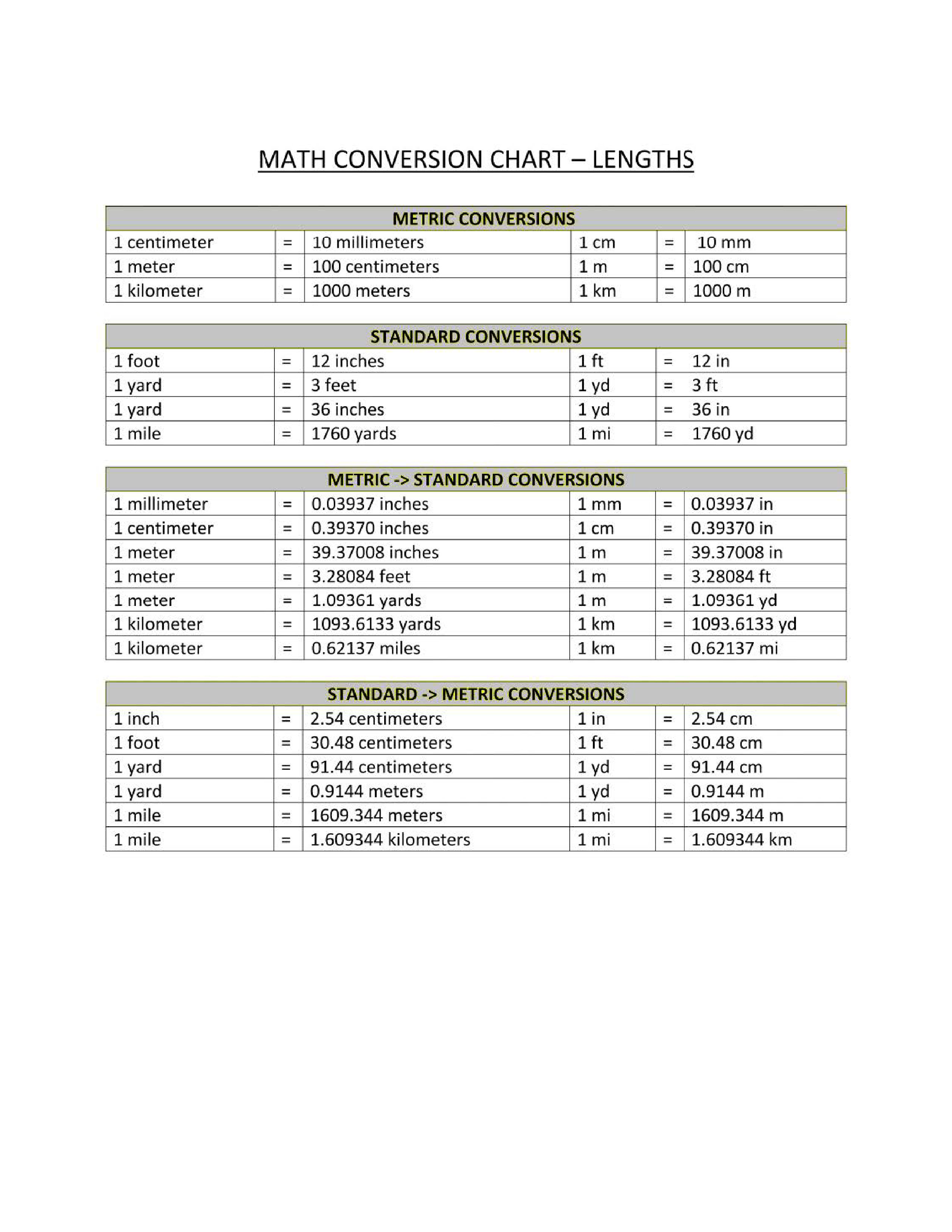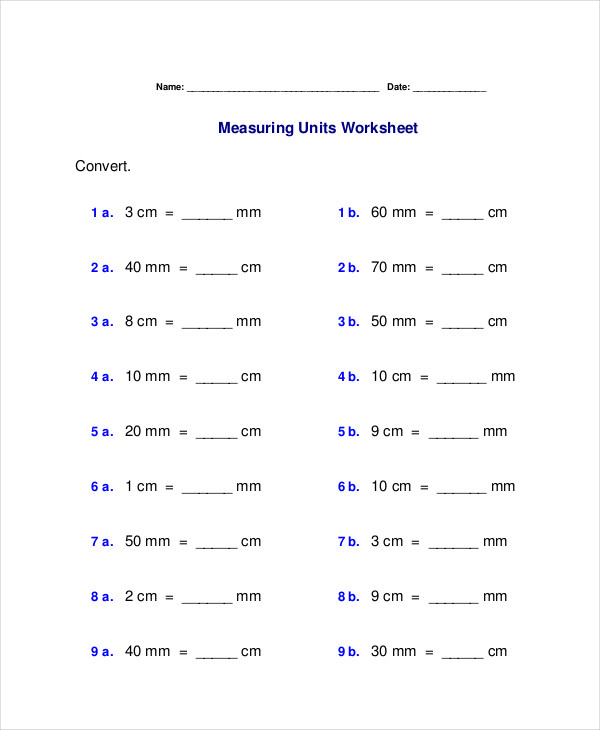

Metric units of measurement differ by powers of 10 - 10, 100, 1,000, and so on. The first letter of each word corresponds to a basic metric prefix, in order of largest to smallest, except for the "U" in "Until", which corresponds to "unit," or the metric base units (meter, liter, etc.)ĭetermine the numerical relationship between the units you have and the units you want. A handy trick for remembering the basic metric prefixes is the mnemonic "King Henry Died Until Drinking Chocolate Milk," (or, if you prefer, "King Henry Doesn't Usually Drink Chocolate Milk").X Research source The most common of these prefixes, from "1,000 times larger" to "1,000 times smaller," are: In these cases, we add prefixes to the name of the unit to signify how much bigger or smaller it is than the base unit. In these cases, it's necessary to use units that differ from the base units by a power of 10 - in other words, measurements that are 10 times larger or smaller, 100 times larger or smaller, and so on. These base units are sometimes either too small or too large to make practical measurements. The metric system has a variety of units of measurement - you have probably heard of meters (which measure distance) and grams (which measure mass), etc. We have 6 zeros after 1, the simplied answer will beġ m 3= 1000 × 1000 × 1000 = 1 × 10 9 mm 3ġ cm 3= 0.01 × 0.01 × 0.Learn the most common metric prefixes. Volume Unit ConverterĬonversion Table For Measurement Of Volume In Terms Of Meter The unit used is " mm 3 (length breadth height)”.The below table gives the conversion of smaller and bigger units. Volume is a three dimensional measurement where length ,breadth and height of the geometrical solid figure are taken for the consideration. Depending on the size of the plane surface the measurement can as follows,Īfter multiplying the decimal, after point we get 6 numbers, so to convert it into simple form above answer can be writtenĪcre is an imperial system of measuring a land whereas feet is a metric system of measurement. It is a scalar quantity, which is used to measure the quantity of two dimensional geometric plane figures where length and breadth is taken into consideration.Since area is the two-dimensional plane, the basic unit used to measure is \(" mm^2" (Length \times Length)\). The rule of conversion is " multiplication is done for converting higher units to smaller units ,similarly when converting smaller units to higher units division is carried out " Conversion Table For Measurement Of Length The above table gives the information about the basic unit 'METER' and its prefixes and how they are converted to smaller and larger units depending on the measurement of specimen to be measured Further, according to the length of the specimen units like millimeter, centimeter, decimeter, dekameter, hecto meter and kilometer are respectively used. The basic unit of measuring length in the International system of units is "METER".


It is a one dimensional scalar quantity used to measure a line segment.


 0 kommentar(er)
0 kommentar(er)
